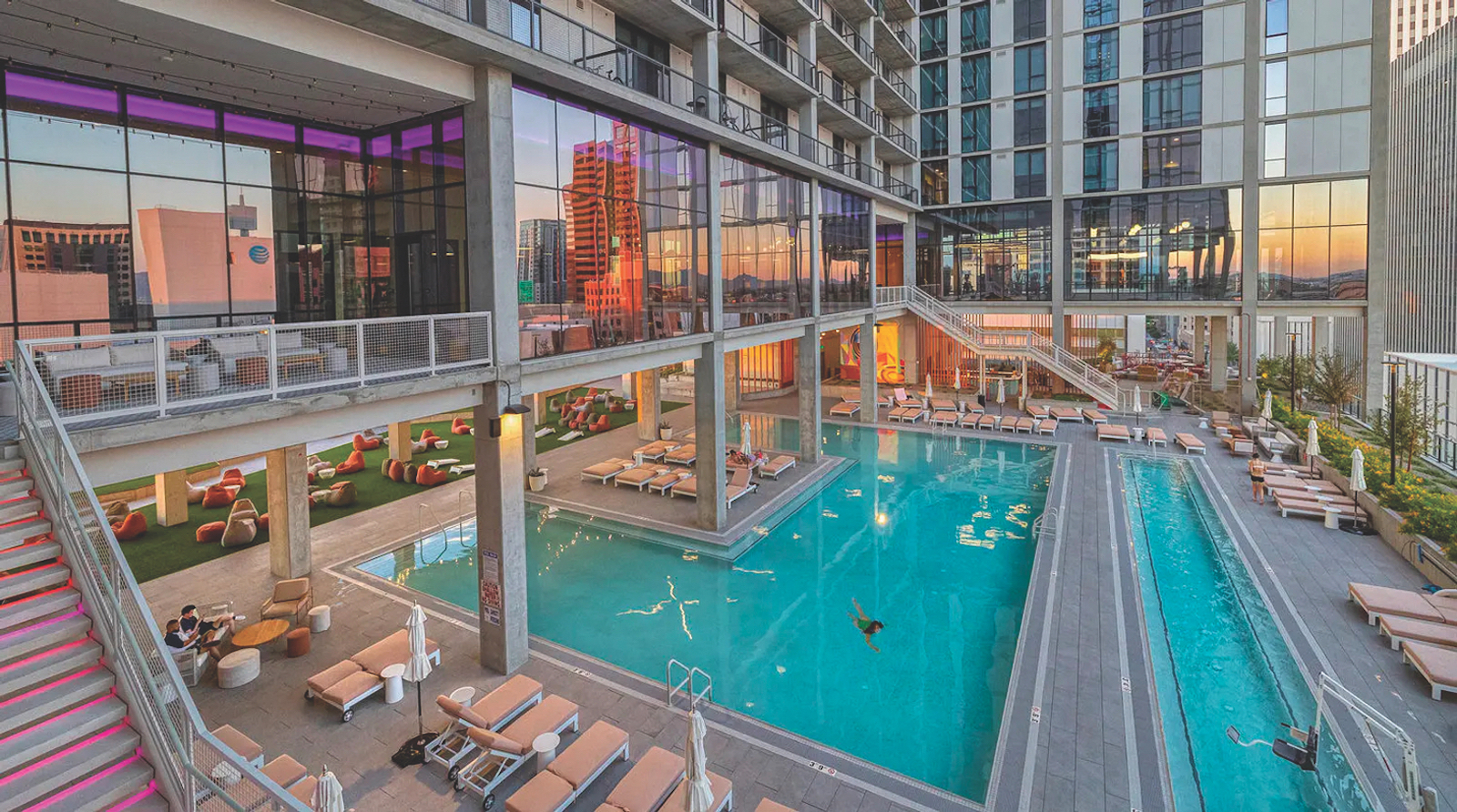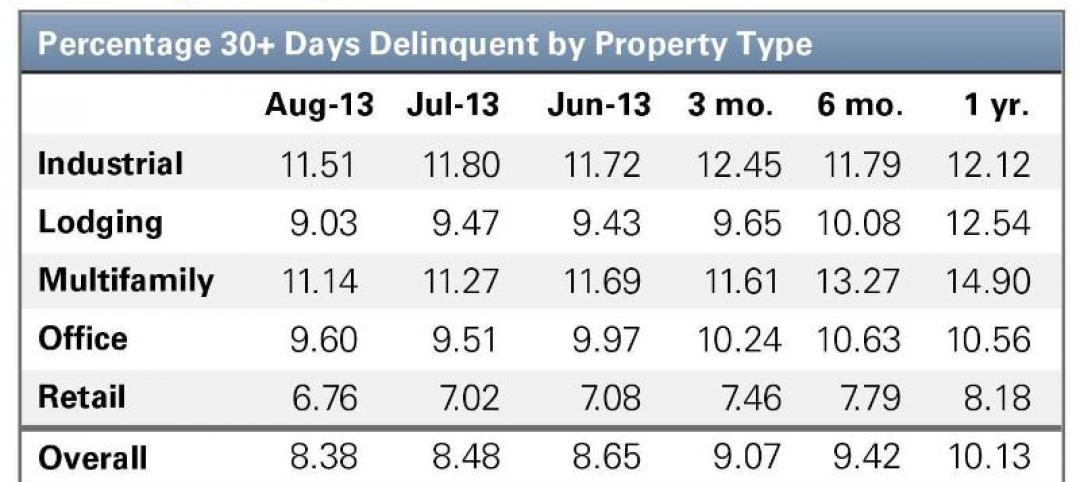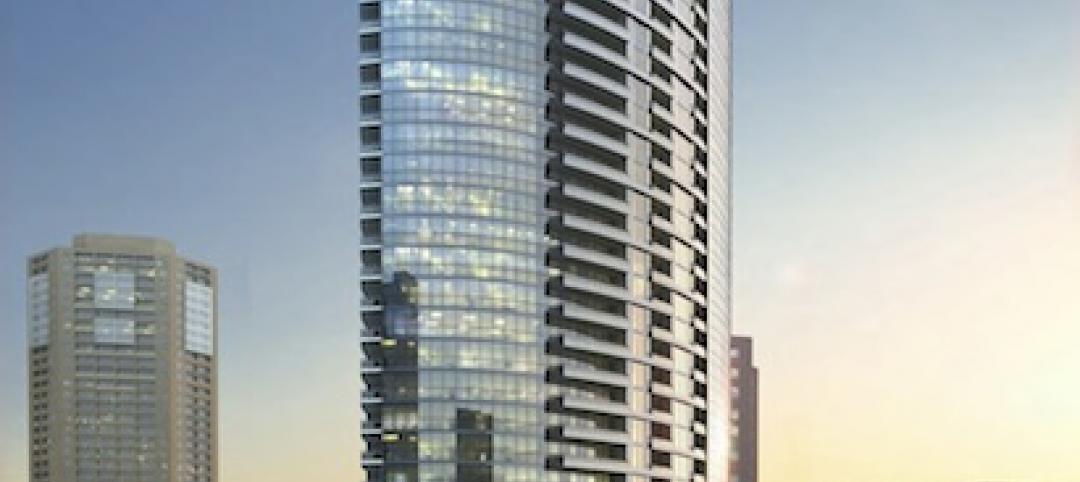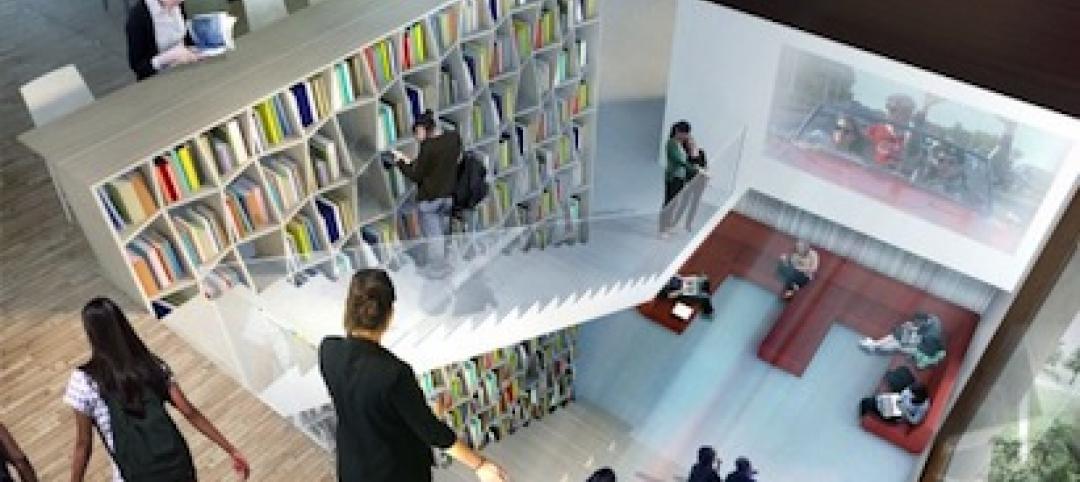The booming multifamily sector shows no signs of a significant slowdown heading into 2023. Here is a round up of Giants 400 firms that are driving innovation in this sector:
Clayco and architecture firm FitzGerald completed the 20-story, 330-unit X Phoenix development, a mixed-use residential high-rise in downtown Phoenix that contains, among other rental units, dedicated space for co-living. This shared apartment model is designed to cater to working professionals seeking convenience, community, and modern shared amenity space at more attainable prices in expensive rental markets. The development also includes an indoor bike mezzanine, 105,500-gallon pool, five-story parking garage, and 50,000 sf of shell space that will include a commercial restaurant.
Dahlin Group developed a tiny home prototype, Mod Hive, to help address the affordable housing shortage in Salt Lake City. The prototype works as a small cluster on one lot or a small, planned development consisting of multiple lots. The concept involves an inward-looking site plan that creates a tiny village with space for a community garden, outdoor gathering space, and barbecue/firepit. It replicates the feel of a traditional neighborhood of two-story, single-family detached homes by employing a lower-density configuration at the front of the lot, with higher densities at the rear.
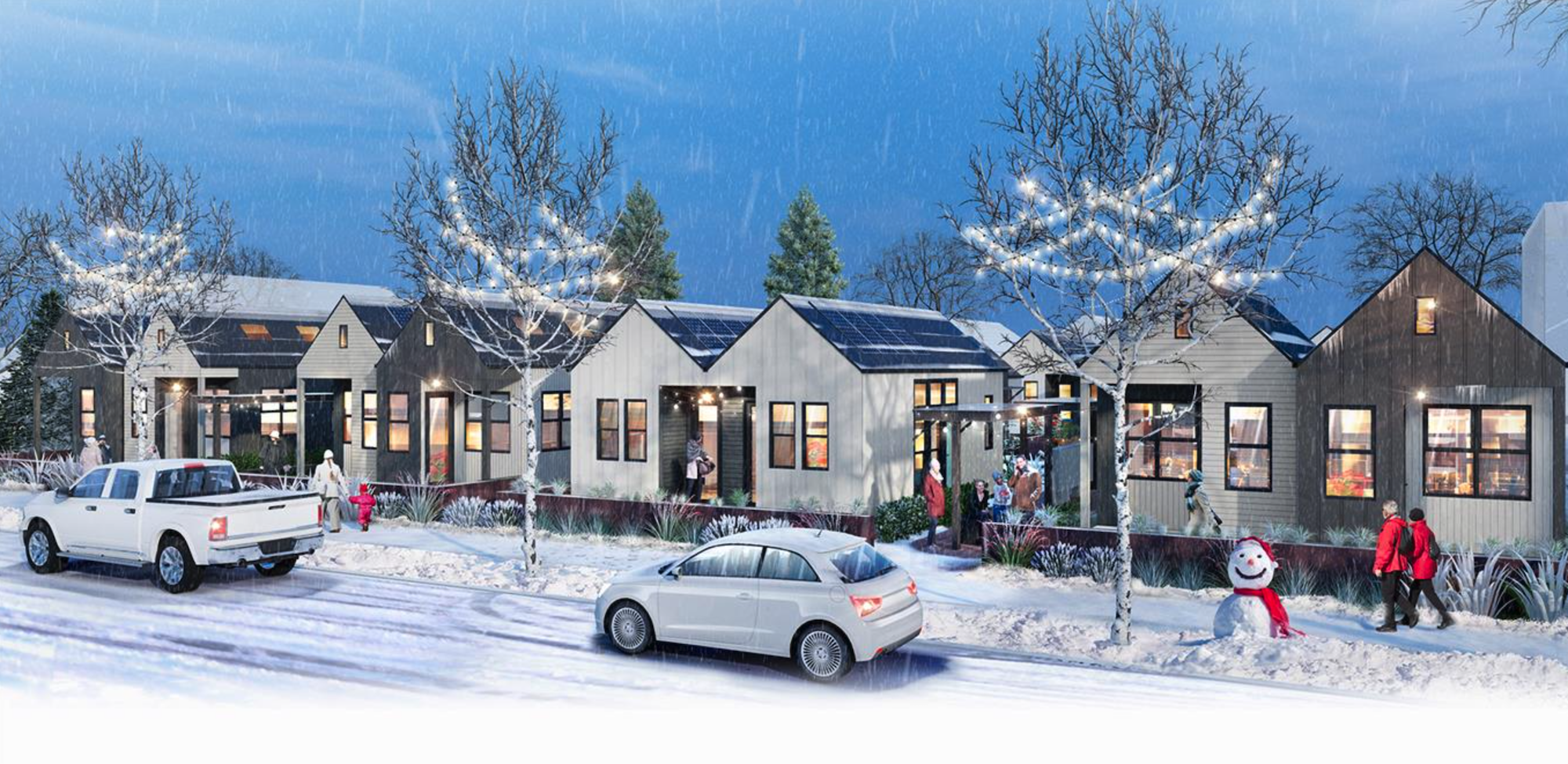
For another tiny house project, Dahlin collaborated with HomeAid Northern California and Firm Foundation Community Housing to design cost-effective tiny home villages sited on church properties, targeted at individuals facing homelessness. This partnership completed its pilot project in February 2020 with additional projects under development in 2021. In the San Francisco Bay Area, affordable multifamily developers expect to spend $700,000 to $1 million per single one-bedroom unit; the pilot village came in at $150,000-$170,000 per unit, with an entitlement process of just 12-18 months.
Dattner Architects had four Passive House projects progress through construction stages in 2021, with Santaella Gardens completed in late 2021 and receiving Passive House Certification in early 2022. These projects provide replicable models for Passive House applications to multifamily affordable housing. Santaella Gardens provides much needed workforce and affordable housing in the Bronx. Its super-insulated, airtight building envelope includes thermally broken, high-performance windows and advanced air sealing details to eliminate condensation and air exfiltration. Rooftop solar photovoltaic panels generate onsite renewable energy, with a capacity of 162.7 kW. The building has a projected energy use intensity of 20.40 kBTU/sqft/yr.
The Hall Arts Residences in the Dallas Arts District joins HKS’s growing portfolio of projects focused on creating superior spaces for the health and well-being of building occupants. The project is the first residential project in Texas to register for WELL Multifamily Certification.
Morrison Hershfield contributed to the launch of the Embodied Carbon Pathfinder, a free app for quickly estimating cradle-to-grave whole-building life cycle assessment results for multifamily buildings. The tool uses thousands of data points that allow users to find “pathways” through design choices to land on a target embodied carbon result. The project is a collaboration with OPEN Technologies and the Athena Institute.
Related Stories
| Sep 4, 2013
Smart building technology: Talking results at the BUILDINGChicago/ Greening the Heartland show
Recent advancements in technology are allowing owners to connect with facilities as never before, leveraging existing automation systems to achieve cost-effective energy improvements. This BUILDINGChicago presentation will feature Procter & Gamble’s smart building management program.
| Sep 3, 2013
Delinquency rate for commercial real estate loans at lowest level in three years
The delinquency rate for US commercial real estate loans in CMBS dropped for the third straight month to 8.38%. This represents a 10-basis-point drop since July's reading and a 175-basis-point improvement from a year ago.
| Aug 26, 2013
What you missed last week: Architecture billings up again; record year for hotel renovations; nation's most expensive real estate markets
BD+C's roundup of the top construction market news for the week of August 18 includes the latest architecture billings index from AIA and a BOMA study on the nation's most and least expensive commercial real estate markets.
| Aug 23, 2013
Mack Urban, West Coast real estate and development firm, formed from intercompany collaboration
Urban Partners, LLC, Harbor Urban, LLC, and Mack Real Estate Group, three leading full service real estate firms known for high quality urban infill development, today announced the formation of Mack Urban, LLC, a premier West Coast real estate investment and development company.
| Aug 22, 2013
Energy-efficient glazing technology [AIA Course]
This course discuses the latest technological advances in glazing, which make possible ever more efficient enclosures with ever greater glazed area.
| Aug 22, 2013
6 visionary strategies for local government projects
Civic projects in Boston, Las Vegas, Austin, and suburban Atlanta show that a ‘big vision’ can also be a spur to neighborhood revitalization. Here are six visionary strategies for local government projects.
| Aug 21, 2013
Chicago's Magellan Development Group builds national presence with new luxury apartments
Chicago-based Magellan Development Group, one of the Midwest’s most prolific large-scale, mixed-use developers, is building a national footprint through two mixed-use projects in Minneapolis and Nashville.
| Aug 21, 2013
SummerHill Apartment Communities creates SoCal division, hires SVP, announces development plans
SummerHill Apartment Communities, a division of SummerHill Housing Group based in San Ramon, Calif., announced today that the firm has hired multifamily industry veteran Patrick S. Simons as senior vice president to lead SummerHill Apartment Communities' new Southern California division. Simons will be focused initially on creating a high volume of future projects throughout Southern California.
| Aug 14, 2013
Green Building Report [2013 Giants 300 Report]
Building Design+Construction's rankings of the nation's largest green design and construction firms.
| Jul 25, 2013
First look: Studio Gang's residential/dining commons for University of Chicago
The University of Chicago will build a $148 million residence hall and dining commons designed by Studio Gang Architects, tentatively slated for completion in 2016.



